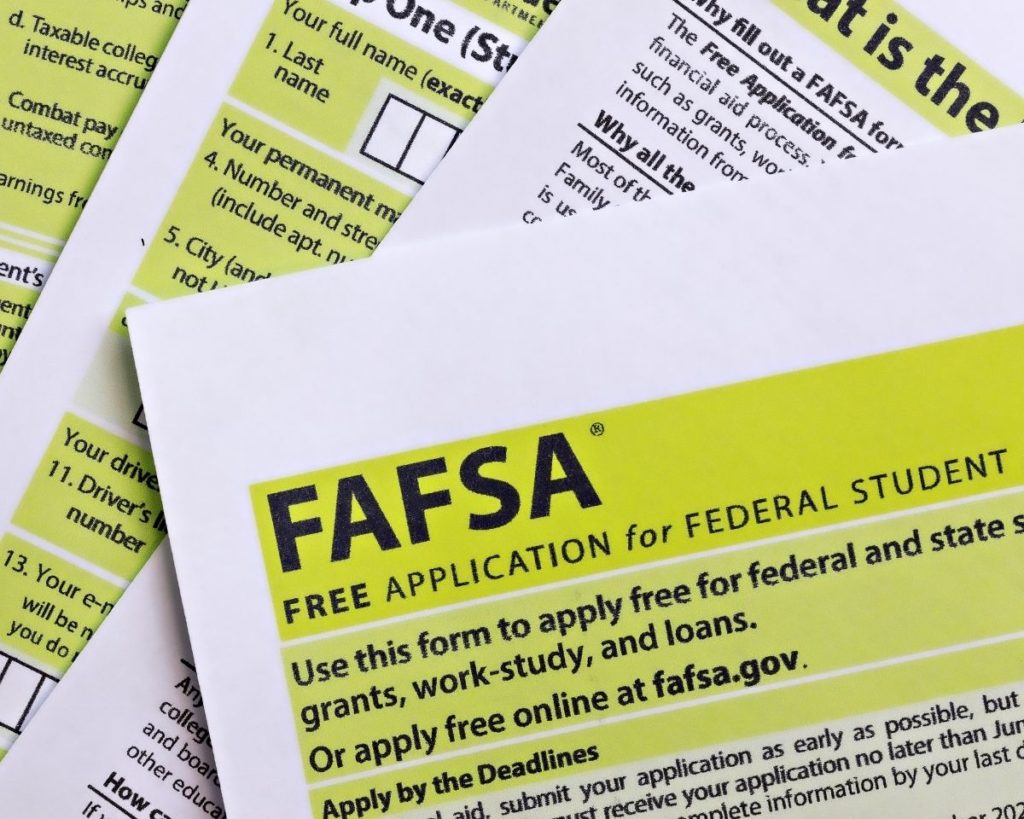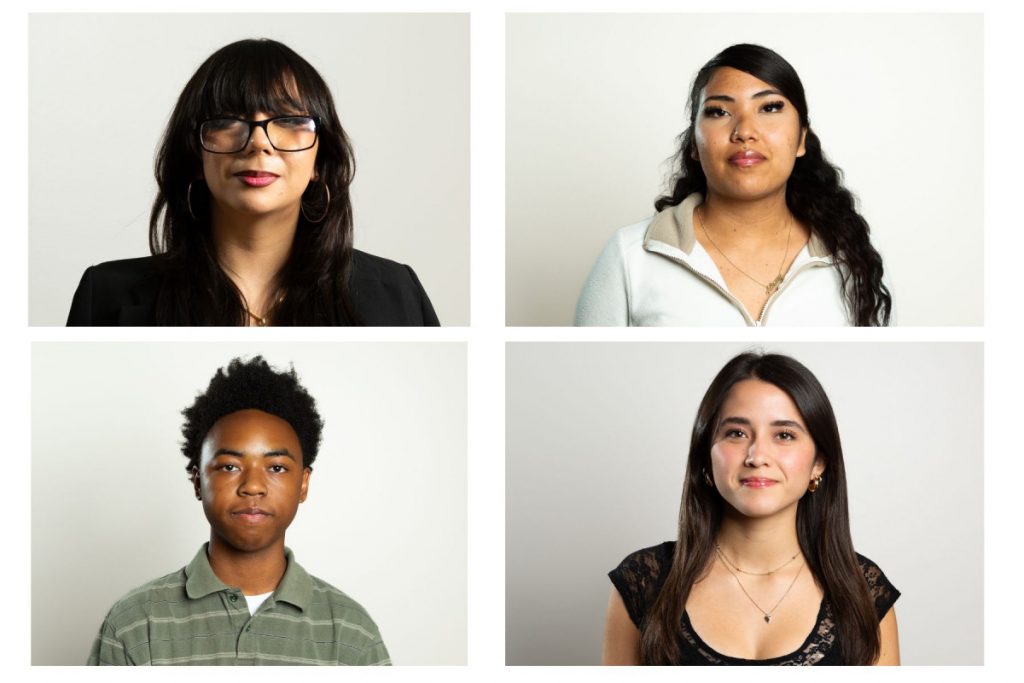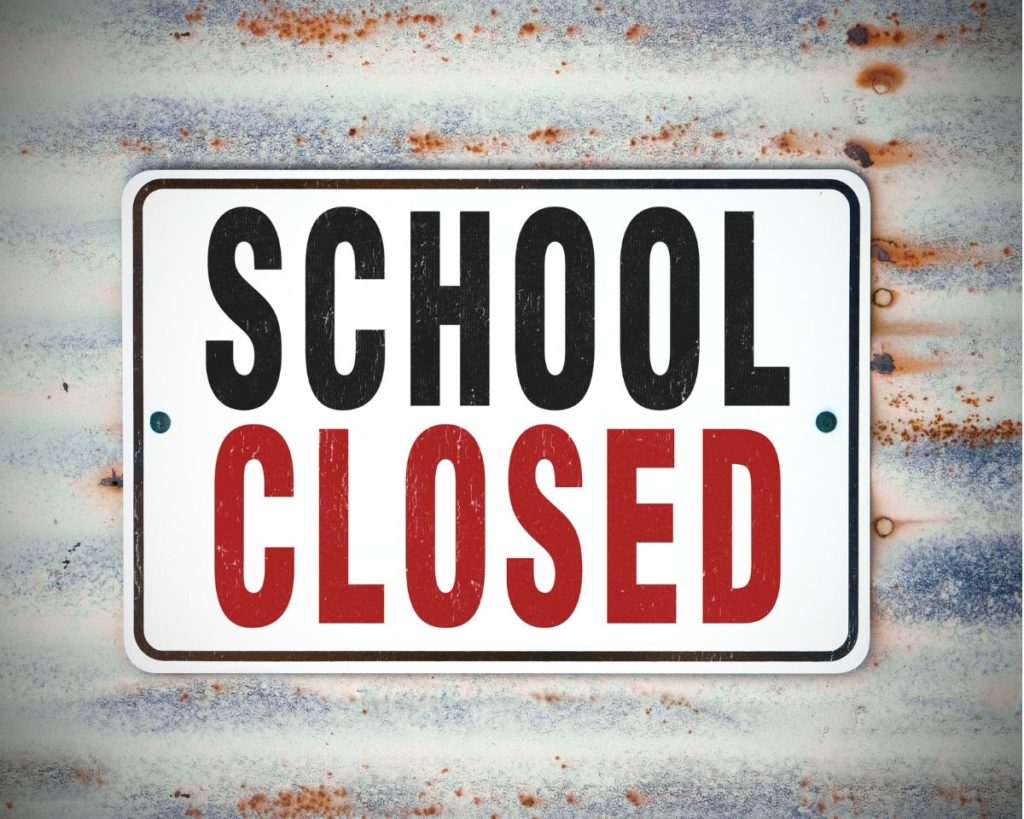The Colorado Department of Higher Education (CDHE) recently launched a campaign to increase the completion rate of the Free Application for Federal Student Aid (or FAFSA) among prospective postsecondary education students.
The FAFSA is the federal form—free for students and families to complete—that gathers financial data to help institutions of higher education make a determination of how much federal, state, and institutional financial aid a student is eligible to receive.
The Department’s district challenge for FAFSA completion, “Hungry for Financial Aid? Get Your Piece of the Pie,” encouraged learners across the state to submit their FAFSA. The goal of the campaign was for the state to achieve a 52% FAFSA completion rate.
Currently, Colorado has 35% of its learners with a complete FAFSA. For those districts that reach a 70% completion rate, Governor Jared Polis will present a special certificate and recognition.
College access advocates argue there is no more important form for students and families to complete as they anticipate pursuing a higher education. Even families who may assume they are not eligible for federal financial aid are encouraged to complete the form, as the resulting analysis of each family’s financial capacity may signal to institutions a family circumstance that leads the institution to identify sources of funds to support college going.
In fact, completing the FAFSA significantly increases the odds students will continue their education beyond high school into a postsecondary education program of study. This fact is especially true among low-income students and students of color. According to the National College Achievement Network (NCAN), seniors who complete the FAFSA are 84% more likely to immediately enroll in postsecondary education.
This commitment to FAFSA completion is especially important this year, as Colorado—and the nation—emerge from a global pandemic. The pandemic has had a disproportionate impact on first-generation, economically disadvantaged students across the nation.
While the Wall Street Journal recently reported first-time entering college freshman enrollment is down 16% across the United States, the average first-time entering student decrease in enrollment is approximately 12% on campuses around the state of Colorado.
Some portion of this group of students are recent high school graduates who have opted to sit out a year and wait for some resolution to the pandemic crisis. Unfortunately, data suggests the overwhelming majority of students choosing not to complete the FAFSA—or attend college—hail from families suffering from the economic toll of the pandemic. Just as the economy will begin to recover again, the talent pipeline across academic disciplines closely aligned with the state’s most pressing talent needs could come up nearly empty.
According to NCAN, through March 26, 2021, only 45% of the high school class of 2021 had completed a FAFSA, which is a near 8% decline from where the nation was last year. Education advocates, policymakers, and demographers can track the FAFSA completion rate through the #FormYourFuture tracker, an interactive data dashboard that tracks and ranks states’ progress toward 100% of their high school seniors completing the FAFSA.
The tracker is updated weekly and allows users to compare year-to-year data across the national, state, city, school district, and school levels.
For the 2021-22 academic year, the federal deadline for completing the FAFSA is June 30, 2022. As advocates for all learners, from all backgrounds and communities across Colorado, we must ensure that all of our students get a piece of the pie.
Watch Governor Polis’ video here.
Watch Dr. Angie Paccione, Executive Director of the Colorado Department of Higher Education, dispel myths about the FAFSA here.
Need resources about the FAFSA for your students, classrooms or organizations? Find them here.




